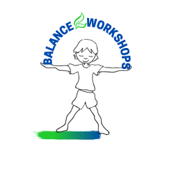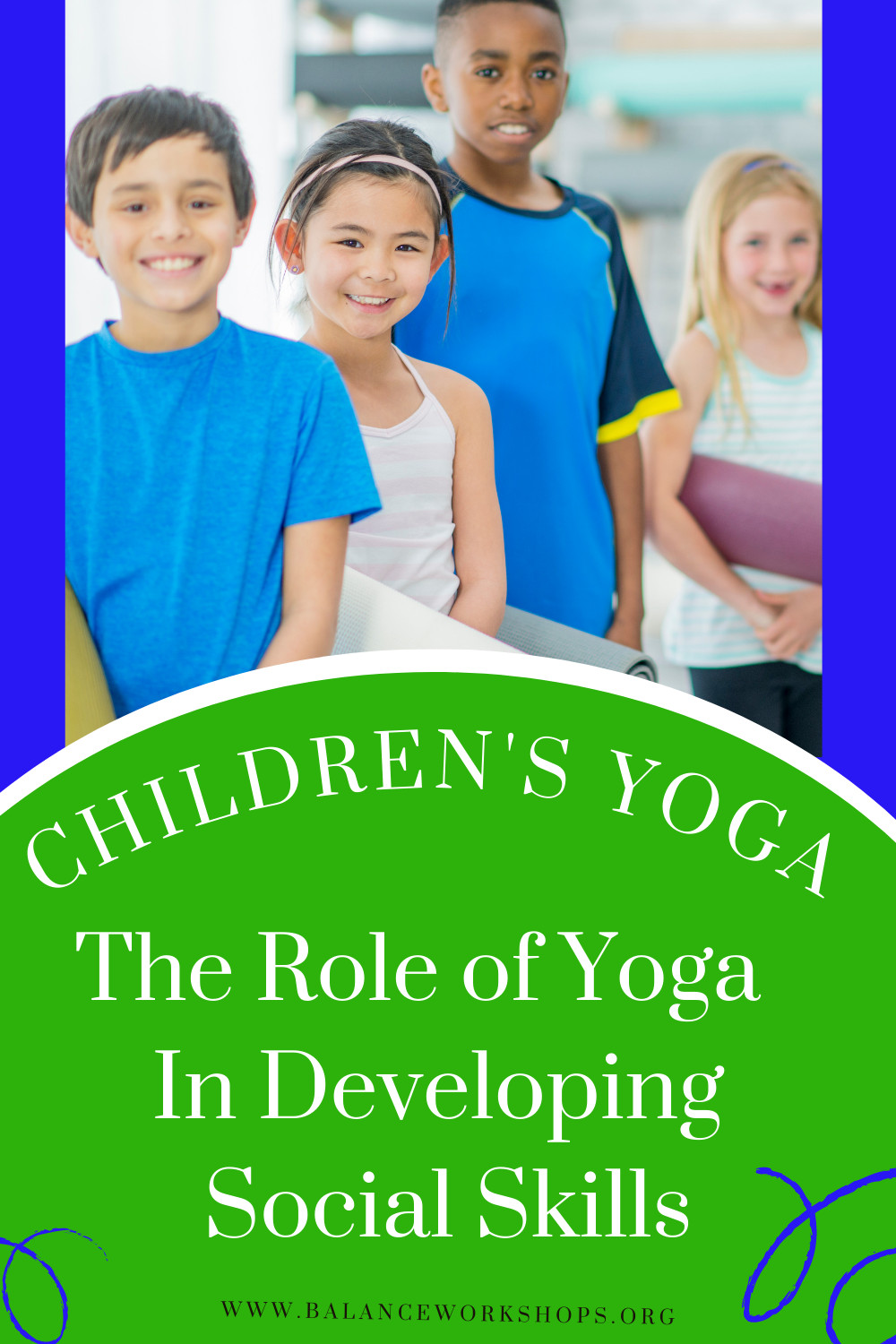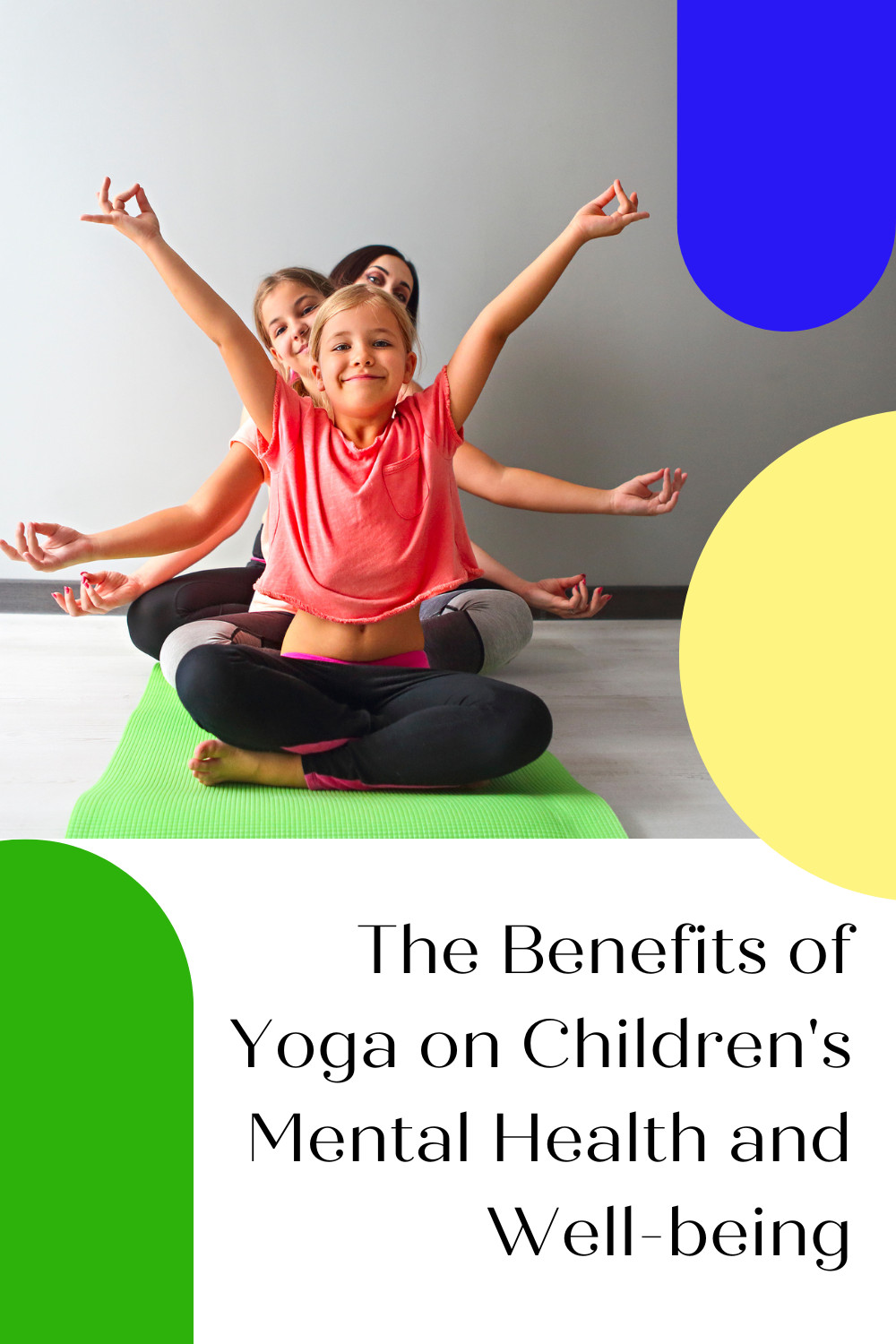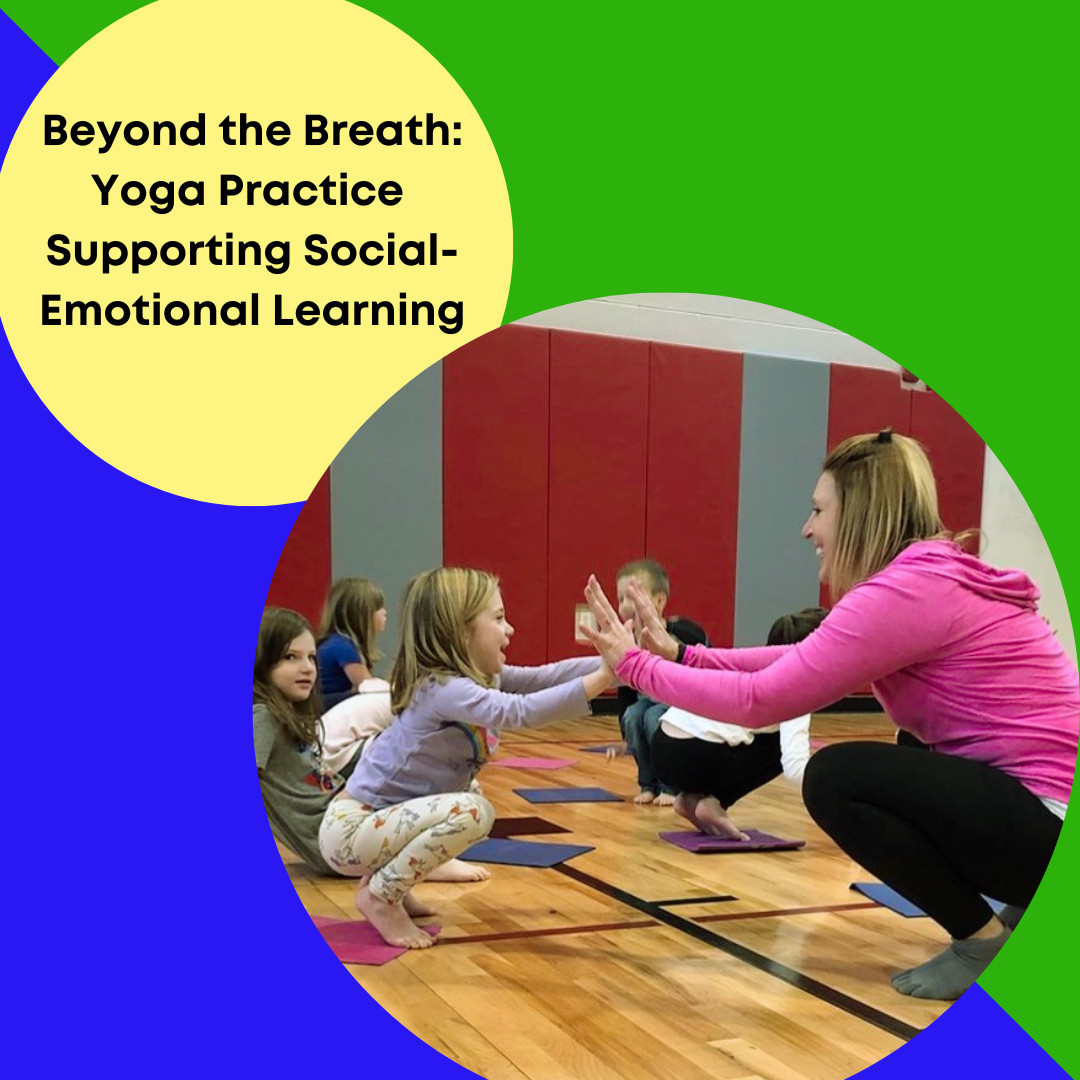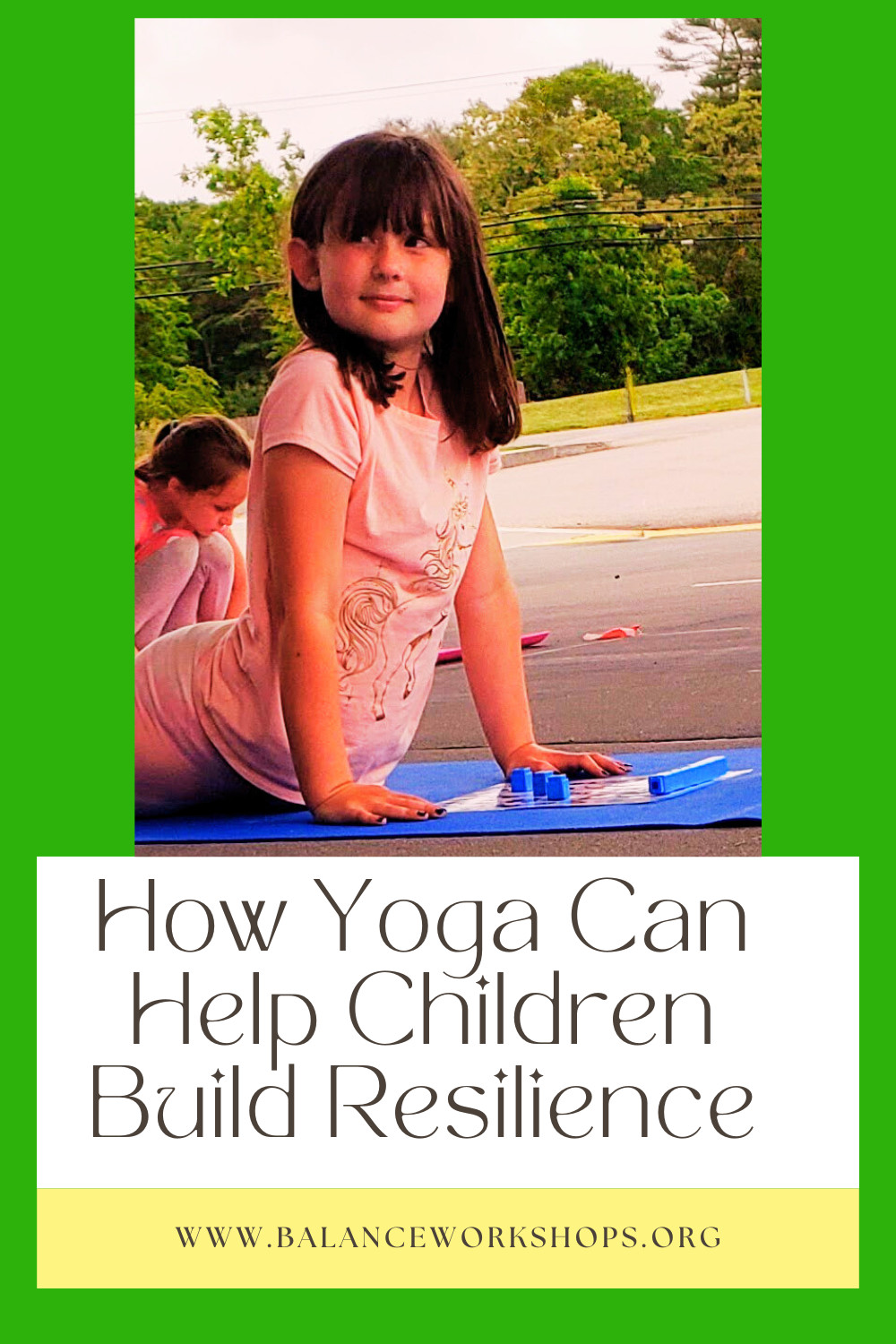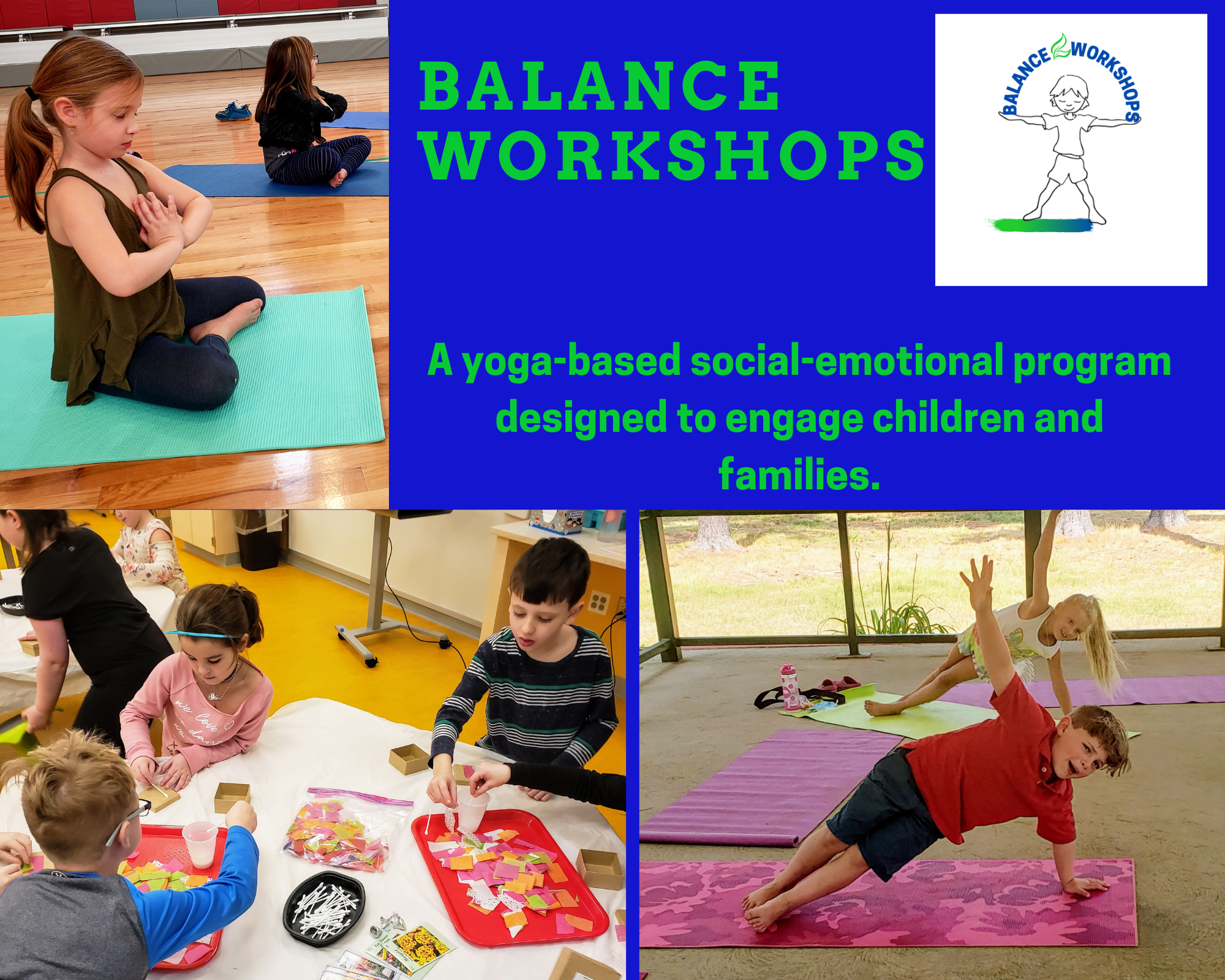
In today's fast-paced world, it's essential to ensure children develop the skills to manage their thoughts, emotions, and behaviors effectively. This is where yoga comes in. Yoga is an ancient practice that combines physical postures, breathing techniques, and meditation to promote physical and mental health. In recent years, there has been a growing body of research on the benefits of yoga for children, including its ability to promote mindfulness and self-awareness.
What is mindfulness, and why is it important for children?
Mindfulness is being present and fully engaged in the present moment without judgment or distraction. It's a skill that can be difficult to develop, especially in today's technology-driven world. However, research has shown that mindfulness can have a wide range of benefits for children, including:
- Improved focus and attention: Mindfulness can help children develop the ability to stay focused and attentive, even in challenging or distracting environments.
- Reduced stress and anxiety: Mindfulness can help children learn to manage stress and anxiety by teaching them to be present at the moment and to accept their thoughts and feelings without judgment.
- Improved social skills: Mindfulness can help children develop empathy, compassion, and other social-emotional skills by teaching them to be present and attentive to the needs of others.
- Better academic performance: Mindfulness has been shown to improve children's cognitive function, memory, and academic performance.
How does yoga promote mindfulness in children?
Yoga is a practice that combines physical postures (asanas) with breathing techniques and meditation. When taught in a fun and engaging manner, this combination of physical movement and mental focus can be a powerful tool for promoting mindfulness and self-awareness in children. Here are some of the ways that yoga can promote mindfulness:
- Focusing on the breath: One of the critical components of yoga is breath control. Children can learn to quiet their minds and be fully present at the moment by learning to focus on their breath. Children are generally very responsive to learning these techniques, such as bee or ocean breath, when presented playfully.
- Practicing physical postures: Yoga poses can help children develop body awareness and a sense of physical presence. Children can become more mindful and present by paying attention to the sensations in their bodies. For example, many children love to practice tree pose, an opportunity to find balance and pair it with a breathing technique to hold the posture.
- Cultivating a sense of calm: Yoga can help children learn to regulate their emotions and develop a sense of calmness and relaxation. This can be particularly helpful for children who struggle with anxiety or hyperactivity. Teaching children to find a child's pose and use calming breaths is a great tool to achieve a sense of calm.
- Practicing meditation: Many forms of yoga include meditation as a key component. Children can quiet their minds and be fully present by learning to meditate. Offering a battery candle as a focus can be helpful when beginning this practice.
How does yoga promote self-awareness in children?
Self-awareness is recognizing and understanding one's thoughts, feelings, and behaviors. It is a critical component of emotional intelligence and an essential skill for children to develop. Here are some of the ways that yoga can promote self-awareness in children:
- Paying attention to the body: The physical postures in yoga can help children develop a sense of body awareness and a deeper understanding of their physical selves.
- Identifying emotions: Children can learn to identify and label them through mindfulness. This can help them better understand their emotional states and learn to regulate their emotions more effectively.
- Recognizing patterns of behavior: By becoming more self-aware, children can identify patterns of behavior that may be holding them back or causing them difficulties. This can be a powerful tool for personal growth and development.
- Developing self-compassion: Yoga can help children develop a sense of self-compassion and self-acceptance. Children can create a more positive self-image and greater self-confidence by learning to be kind to themselves and accepting of their imperfections.
As we can see, yoga can be a powerful tool in helping children achieve a stronger level of mindfulness and build self-awareness. With much research to support the need to foster social-emotional skills in children, providing yoga as a tool carries so many benefits. Yoga is an opportunity to engage children by helping them slow down while moving their bodies and tuning into themselves in ways they can relate to and grow from.
